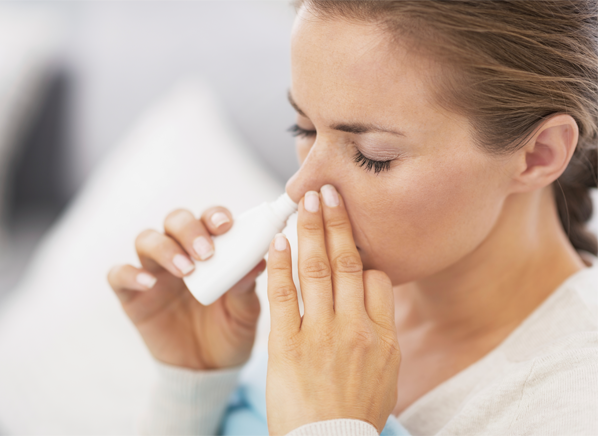Are You At Risk Of Developing Hypertension?
 How do you know if you are at risk of developing hypertension? The most reliable way is to have your blood pressure checked by a professional. The results of this test will be a set of two numbers, written as ratio like: “110/90 mm Hg” or something like that.
How do you know if you are at risk of developing hypertension? The most reliable way is to have your blood pressure checked by a professional. The results of this test will be a set of two numbers, written as ratio like: “110/90 mm Hg” or something like that.
In this ratio, the first or “systolic” number (which will also be the greater of the two numbers) indicates the maximum pressure present in the arteries when the heart muscle contracts. The second, or “diastolic” number (it is always the lower the of the two) reflects the pressure in the arteries in the period between heartbeats.
The “mm HG” means that the pressure is being measured in millimeters of Mercury (HG is the chemical abbreviation for Mercury on the periodic table).
For quite a long while “normal” blood pressure was considered to be a reading of 120/80 mm HG but the American Heart Association (AHA) has recently changed their recommendations. Now their categories are as follows:
Normal: Systolic reading of less than 120 and diastolic reading less than 80.
Prehypertension: Systolic readings between 120 and 139 or diastolic readings between 80-89
High Blood Pressure (Stage 1): Systolic readings between 140 and 159 or diastolic readings between 90 and 99
High Blood Pressure (Stage 2): Systolic readings of 160 or higher or diastolic readings of 100 or higher
Hypertensive Crisis: If Systolic readings are above 180 or diastolic readings are above 110 immediate emergency care is required.
The challenging part about high blood pressure is that there are no outward physical warning signs to signal that your arterial pressure is getting out of line. The only way to be sure you continue to enjoy normal blood pressure is to check your blood pressure regularly. Between doctor’s visits check your blood pressure either with a home monitor, or by the electronic blood pressure monitors located at many pharmacies.
If you do see that your numbers are edging up into the “Prehypertension” category, it is quite possible that a few adjustments to your life style may be all that is needed to get your numbers back into the “normal” range again. Here are some steps to take:
If overweight, start a diet
Start and maintain a regular exercise routine
Chose foods low in trans and saturated fat, and cholesterol
Reduce salt and sodium to less than 2.300 milligrams per day
Load your diet with fruits, vegetables, fish, and whole grains
Heart health can also be helped by adding a source of omega-3 fatty acids to your diet. Omega-3s are known to help reduce cholesterol levels and are recognized as being very heart healthy. Traditionally, omega-3s have been found in fatty fish such as salmon but they are also found in botanical sources like chia seed.
Chia is probably the best source of omega-3s, and other vitamins and minerals available. Classified by the FDA as a raw food, chia seed can be successfully added into almost any recipe. Chia has no taste of its own and will not change the outcome of the recipe it is added to.

